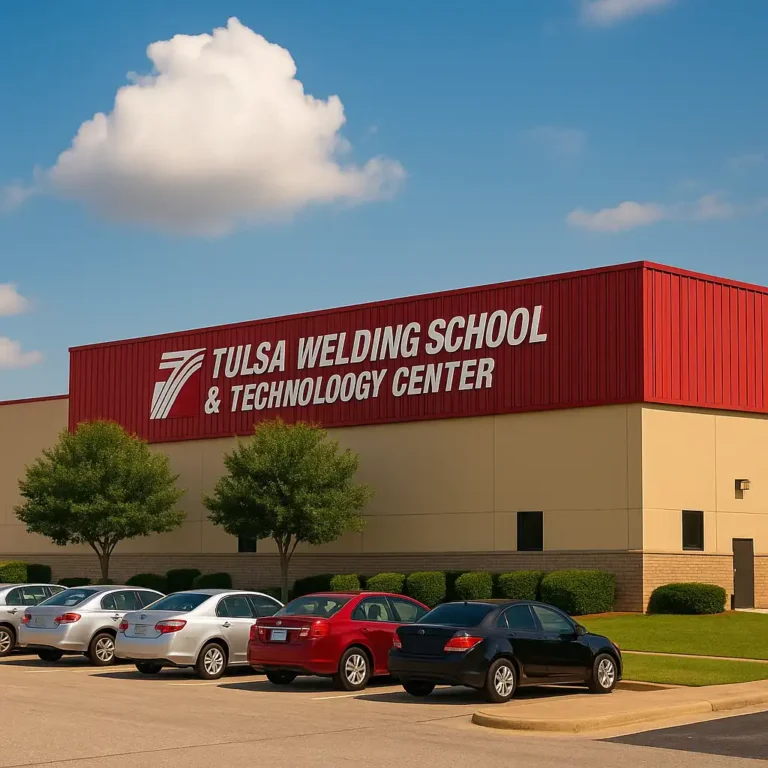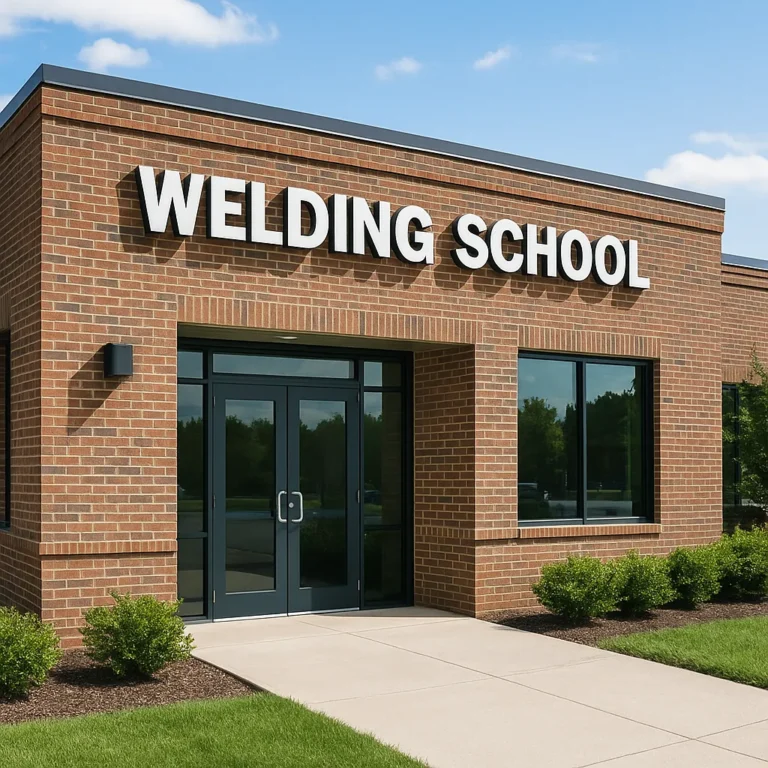How Much Does a Welder Make a Year? A Look at Pay Across Experience and Industry

Disclosure: This post contains affiliate links. As an Amazon Associate, I earn from qualifying purchases—at no extra cost to you.
Welding is one of the most essential and widely used trades in the world. From building skyscrapers to repairing pipelines, welders play a key role in modern infrastructure. But many people considering this career path ask one important question: how much does a welder make a year? The answer depends on several factors like experience, location, certifications, and the type of welding job you pursue.
Entry-Level Welding Salaries
For those just entering the field, welding offers competitive starting wages. Beginners with basic training or a welding certificate typically earn between $35,000 and $45,000 per year. These positions may involve general fabrication or working in manufacturing environments. While entry-level wages aren’t sky-high, welding has one major advantage—growth. With time, skill, and specialization, salaries can increase significantly.
Mid-Level and Certified Welders
Welders with a few years of experience and certifications such as AWS (American Welding Society) credentials can expect to earn between $50,000 and $65,000 annually. Certifications prove you can handle more advanced tasks, such as pipe welding, structural welding, or working with exotic metals like titanium or aluminum.
Many mid-level welders move into higher-paying roles like welding inspectors or trainers, where their deep knowledge commands higher compensation.
High-End and Specialized Welders
Some welding jobs pay well above average. Pipeline welders, underwater welders, and industrial welders in sectors like aerospace, shipbuilding, or oil and gas can earn over $80,000 to $100,000+ per year. These roles often come with challenging working conditions, including remote locations, hazardous environments, or strict deadlines. The high pay reflects the skill level and risk involved.
Underwater welders, in particular, are among the highest-paid professionals in the trade, with some experienced workers making well over $150,000 annually.
Location and Industry Impact Pay
Where you work has a major impact on your earning potential. Welders in states like Alaska, North Dakota, and Texas often earn more due to demand from oil and gas or heavy industry sectors. Additionally, urban areas may offer higher salaries than rural towns but come with a higher cost of living.
The type of industry also matters. Welders working in construction and infrastructure typically earn less than those in aerospace, energy, or defense.
Freelance and Contract Welders
Self-employed or contract welders who run their own businesses may earn more, depending on their workload and clientele. However, they are also responsible for expenses such as insurance, equipment, and taxes. Successful freelance welders often build strong local reputations and rely on repeat customers or long-term industrial contracts.
Conclusion
Welding can be a financially rewarding career with multiple paths for advancement. While entry-level wages are modest, certified and specialized welders can earn well above the national average. With dedication, continual learning, and smart career moves, it’s entirely possible to make welding not just a job—but a well-paying profession.






